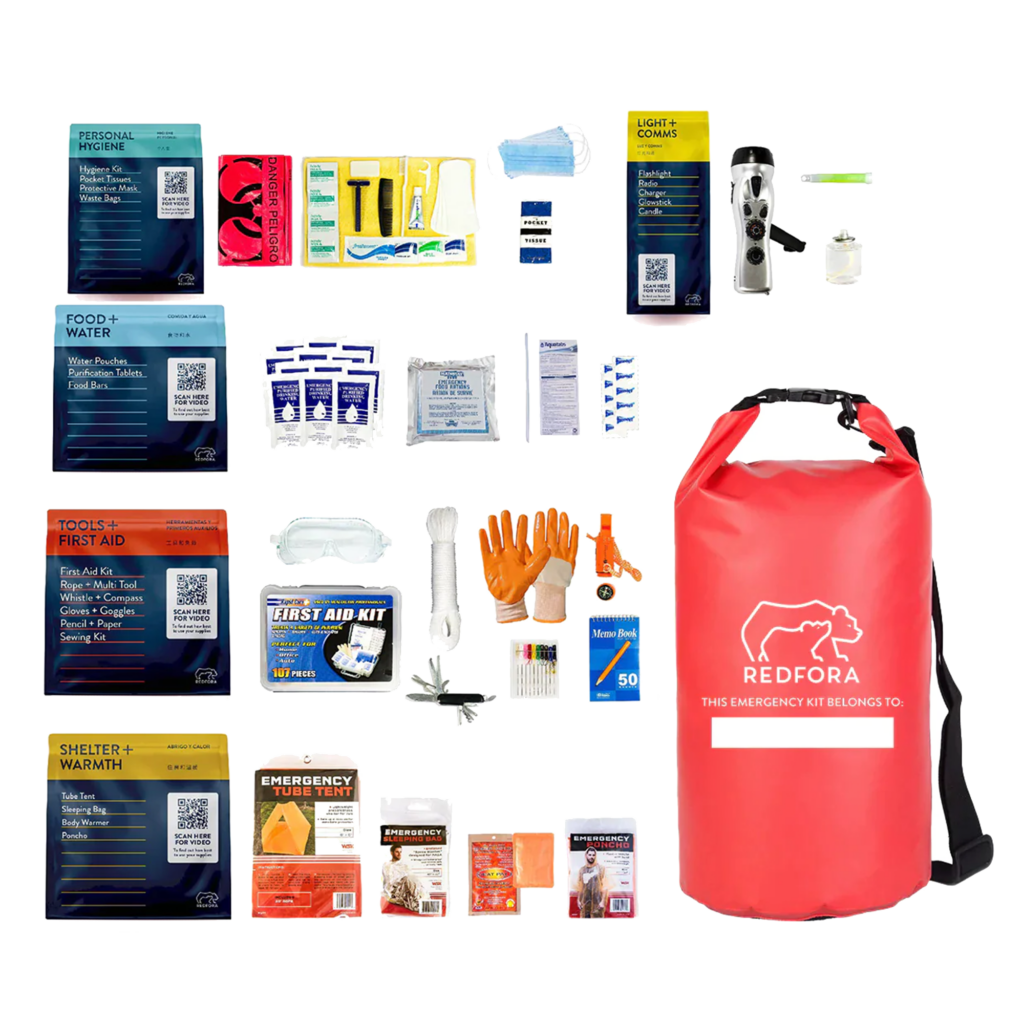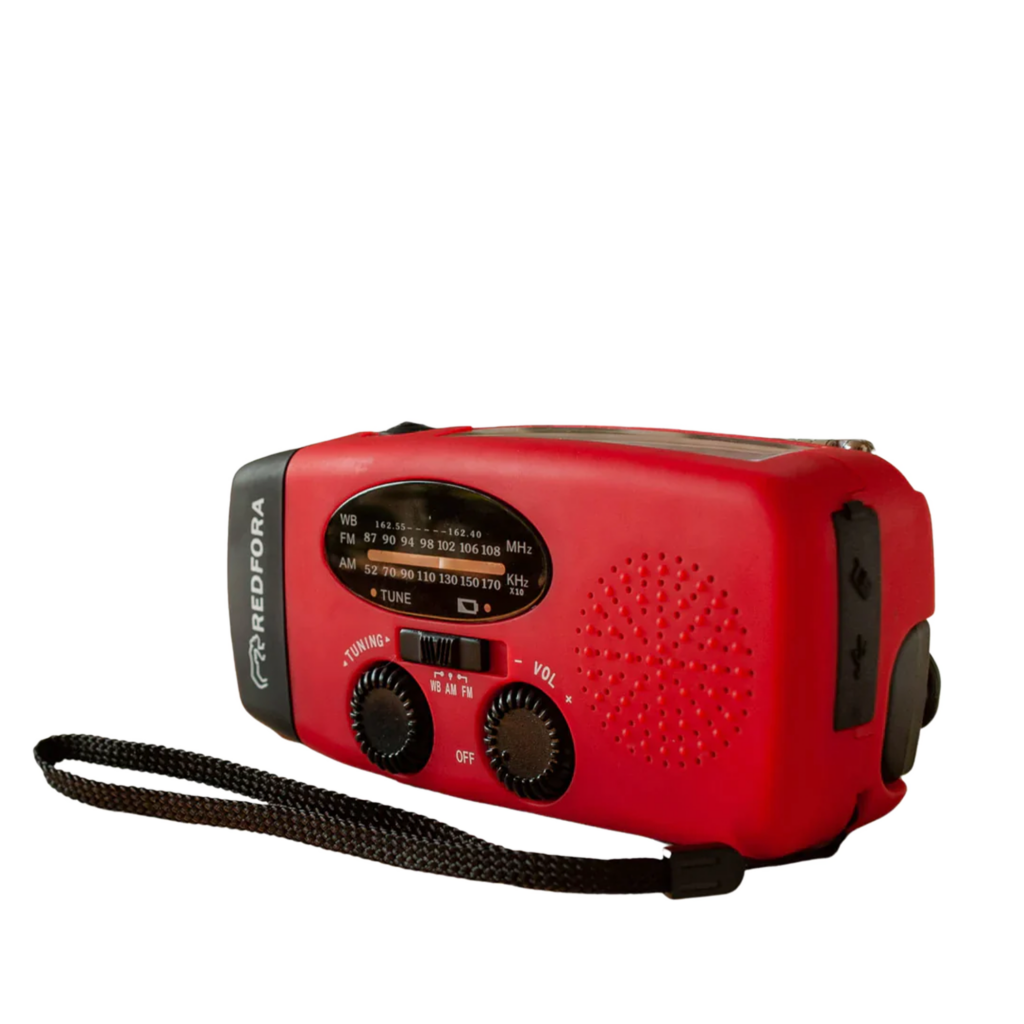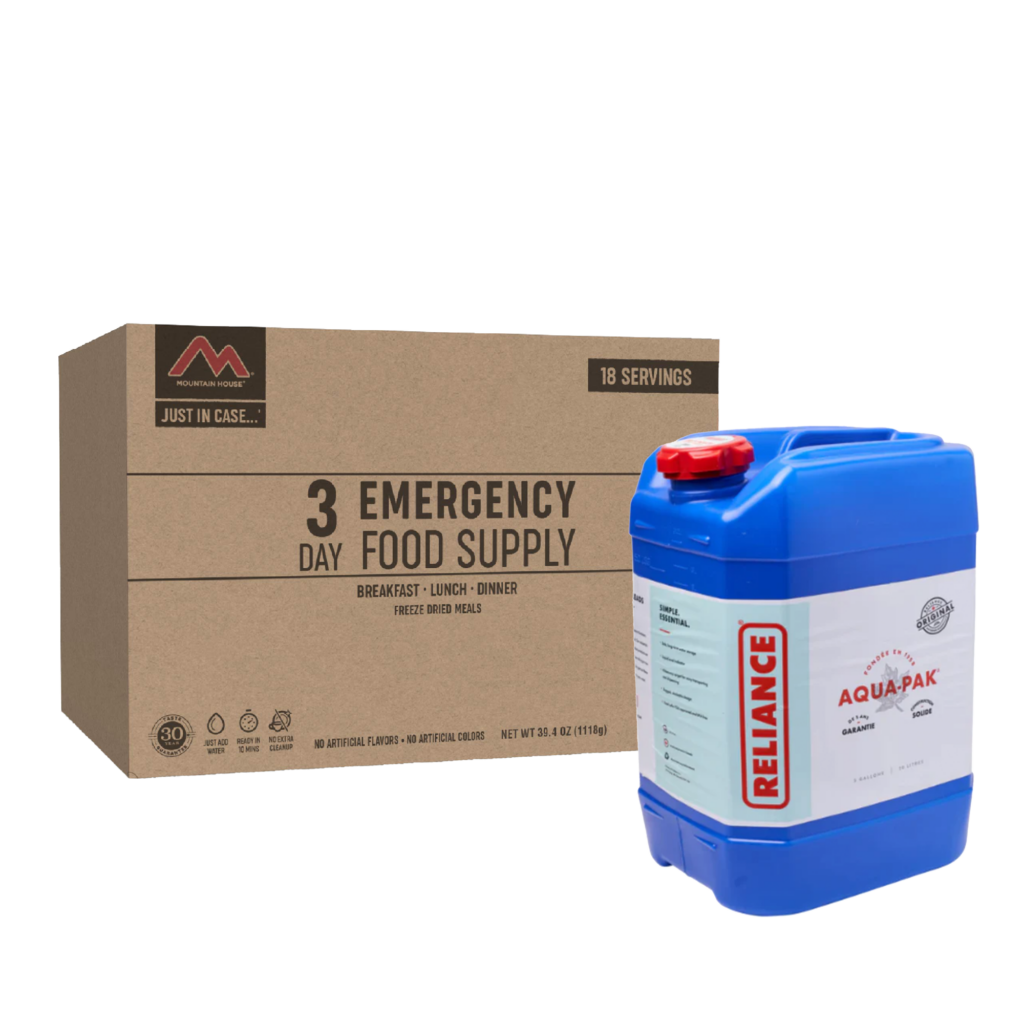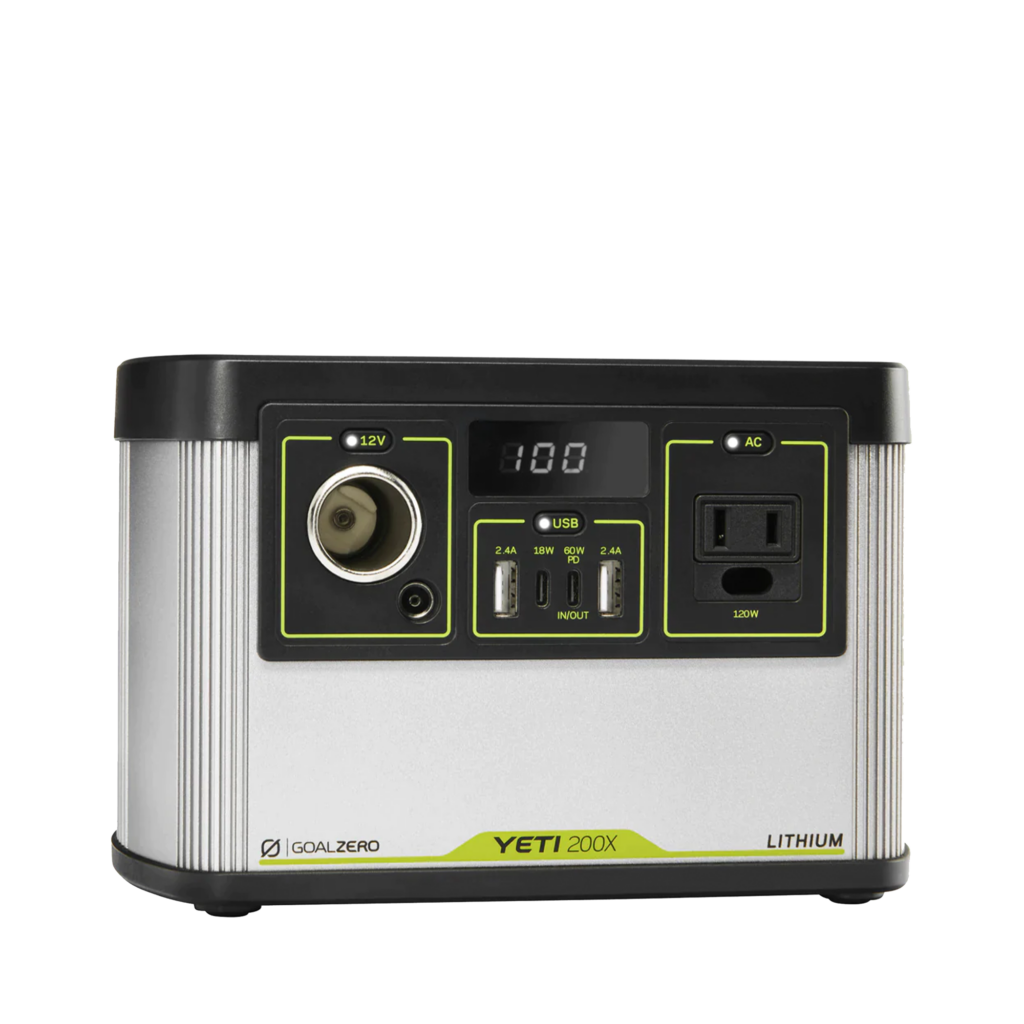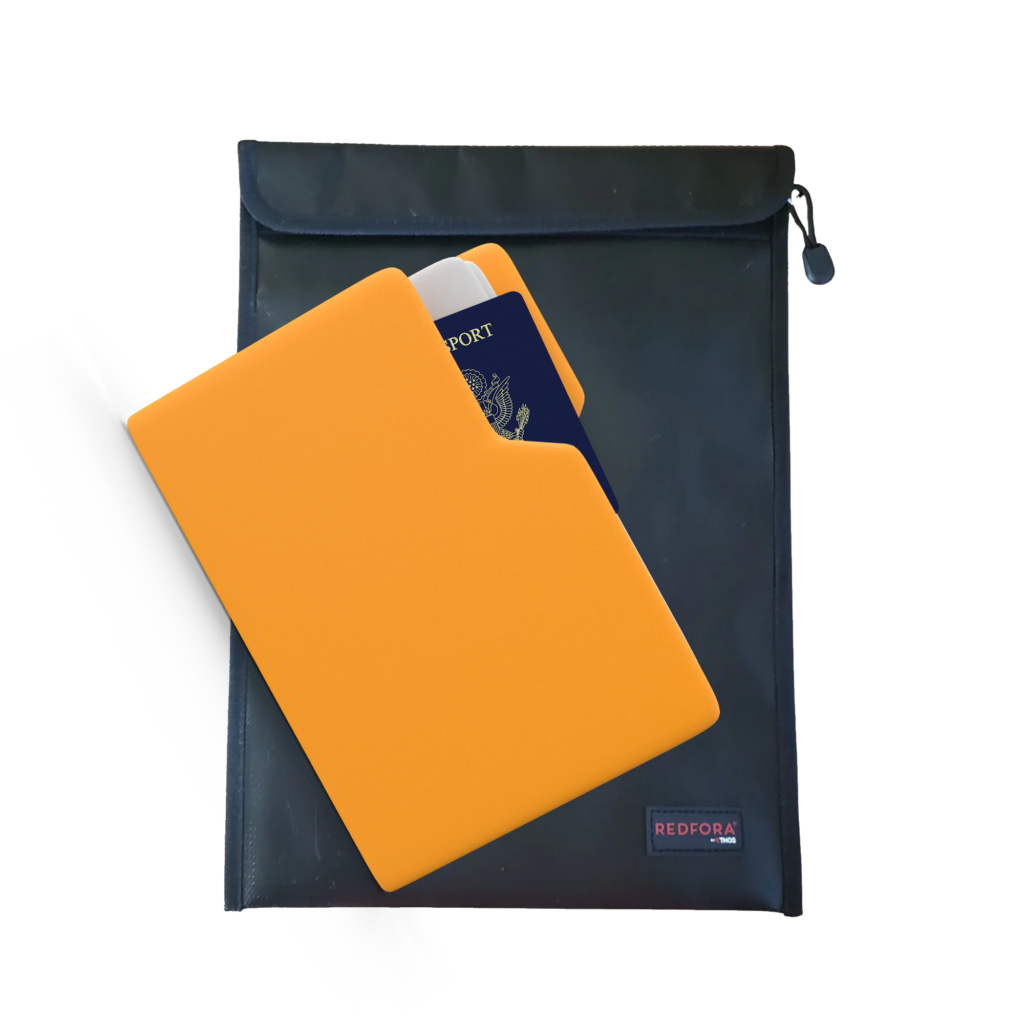Is your workplace ready for anything? Access in-depth educational resources through our LMS Program, and get prepared. Reach out today to get started.
Document Protection
Most of today’s file protection efforts are focused on preventing online theft and fraud. In the event of a natural disaster, particularly one involving fire and/or water, your concern is with physically protecting your documents from loss, destruction and damage. The loss of key documents can carry heavy consequences when you make moves to recover your life and livelihood after a disaster event. Your documents are central to your recovery.
Clearly these recommendations will vary from person to person, but here is a list of document classifications and types for you to consider:
Identification
- Passports
- Driver’s Licenses
- Social Security cards
- Birth Certificates
- Death Certificates
- Marriage Certificates
- Divorce Certificates
- Diplomas
- Military ID
- Citizenship paperwork and Green Cards
- Child Custody Papers
- Child Adoption Paper
- Pet Ownership Records, Identification Chip Number
Financial
- Home lease or rental agreement, mortgage and loan paperwork, deed of ownership
- Vehicle loan documents, VIN (vehicle identification number), registration, title
- Identification numbers for checking and savings accounts, debit and credit cards, retirement and investment accounts
- Insurance Policies: homeowners, renters, auto, life, flood, earthquake
- Income information, such as pay stubs, government benefits, alimony, child support
- Federal/state income tax returns, property tax, vehicle tax
- Wills, trusts, powers of attorney
- Value appraisals for high price items
- Bills and other financial obligations
Medical
- Health/dental insurance
- Medicare, Medicaid, VA health benefits
- List of medications and doses, immunizations, allergies, prescriptions, medical equipment and devices
- Disabilities documentation
- Contact information for doctors/specialists, dentists, pediatricians, veterinarians
If you were to unfortunately lose your home in a disaster, your insurance will likely provide coverage for both your home and its contents. HOWEVER, remembering (much less proving) the existence of the contents of your home will prove impossible. In order to make an insurance claim, you will need to provide evidence of ownership. There are a number of steps you can take.
1. Take a video inventory of your home’s interior. This is a very fast and necessary first step. There’s no denying that you owned something if it appears in a video taken from within your home. As you undertake this video tour, remember to open every door, closet, drawer and cabinet, narrating as you go. Don’t neglect your garage or shed. Anything that contains something of value should be filmed.
2. Keep receipts for big purchases. Choose a file folder or a manila envelope and make it home for your durable goods receipts. It needn’t be super organized. Whenever you buy a microwave, a toaster, a throw rug, or a new front door, just throw the receipt into the receipt folder.
3. Subscribe to a home inventory program. There are numerous apps and online programs where you can house the information entailed in points 1 and 2. These programs help you to gather the information that insurance providers will ask for should you ever have to file a claim. Additionally, you’ll be saving you inventory information in the cloud, where no local fire or flood can harm it.
There are lots of methods to consider, which might best be executed in combination:
Safe Deposit Box – This is arguably the top tier of document protection. For documents that cannot be replaced, or that have intrinsic value that will be lost if they are damaged or destroyed, this is the best protection that your money can buy. (Mickey Mantle rookie card? Put it here).
Water Proof/Fire Proof Safe or Briefcase – For important original documents that are difficult to replace, a well-placed disaster-resistant case is a good option. (Birth certificates, Social Security Cards, Deeds of Ownership, etc)
Cloud Storage- The cloud won’t protect your original documents, but they will put copies reliably out of reach from physical threats. Just take a pic and upload. Alternatively or additionally, you might consider storing digital copies of your documents on a flash drive in your go bag. Be sure to keep your go bag in a very safe place. You don’t want that information in the wrong hands!
Shop for Emergency Supplies at Redfora
Subscribe to our newsletter and get $10 off your first order over $99.
